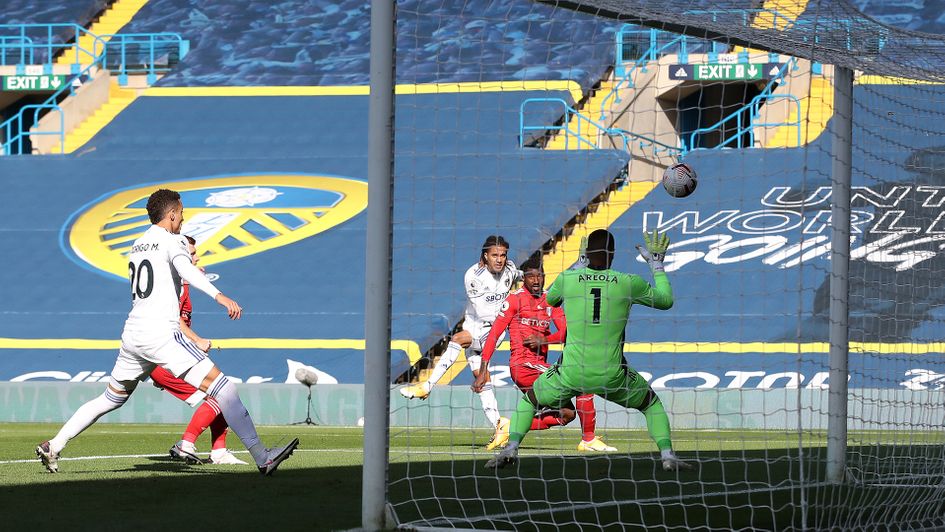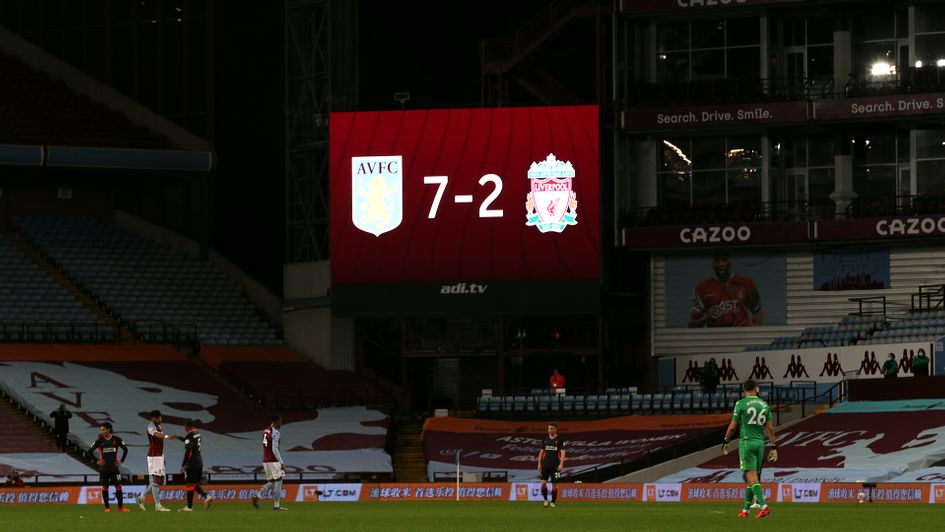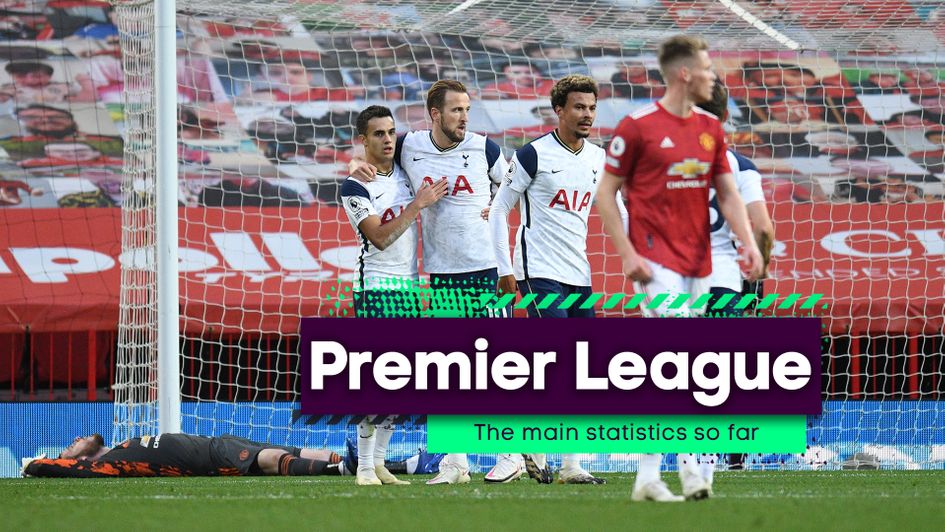Liverpool have conceded seven goals in a game for the first time since 1963. Manchester United have let in six in an Old Trafford match for only the second since 1990. A Pep Guardiola team has been given up five goals, something that has never happened before.
All seem freak scorelines, but they are part of a wider trend. The Premier League is averaging 3.78 goals per game, over one a match on last season’s 2.72. No top-flight season has finished with more since there were 3.95 in 1930-31 and, if that was a campaign when United also let in six (and seven) at home, the similarities probably end there.
So some sort of reversion to the norm should be expected. The season will not end with more 7-2s than 0-0s or almost as many 5-2s as 2-1s. It probably will not conclude with more away wins than home, as there are now, 19-16, or more away goals (77-67) and definitely not with Tottenham having scored 11 times as many on the road as at their own ground.
But there are some reasons to explain the goal glut. One is clinical finishing. Sixteen teams have outperformed their xG and a 17th, West Ham, have only underperformed theirs by 0.01. Only Sheffield United have underperformed their xG by more than 0.2 whereas, considering how few fixtures have been played, there are huge overachievers: Aston Villa (by 5.09), Leicester (4.73), West Bromwich Albion (3.26), Leeds (3.24), Chelsea (2.93) and Tottenham (2.66) have all done significantly better in front of goal than their chances suggest they should.
So have some players. Heung-Min Son has six goals from an xG of 1.91, Mohamed Salah five from an xG of 2.97 and Jack Grealish three from an xG of 1.12. Leeds were criticised for missing chances in the Sky Bet Championship but Patrick Bamford has outperformed his xG by 1.61, Helder Costa by 1.72 and Mateusz Klich by 1.15.
Look at other markers and it is clear how good the finishing has been: Dominic Calvert-Lewin’s six goals have come from nine shots on target, Son’s six from seven, Salah’s five from seven, Jamie Vardy’s five (albeit including four penalties) from five, James Rodriguez’s and Ollie Watkins’ three from four.

The corollary is that the goalkeeping statistics make for unpleasant reading for shot-stoppers. Bottom of the table is a Chelsea keeper: not Kepa Arrizabalaga, however, but Willy Caballero, who conceded three times from three attempts on target. Then consider the following save percentages: Mat Ryan, 33.3, Adrian, 36.4, Lukasz Fabianski, 37.5, Marek Rodak, 40.0, Nick Pope, 41.7, David de Gea 42.9, Alisson 50.0.
All, obviously, are from a small sample size, some have only played one game and the rash of penalties means save percentages were likely to come down a bit, but by way of comparison, Arrizabalaga finished last season with the lowest save percentage of a Premier League regular, at 54.5. No one else who started more than 10 league games was under 63.4. It is safe to assume that many of this season’s statistical underachievers – and Alex McCarthy, Alphonse Areola and Kasper Schmeichel are all currently under 60 percent as well – will improve.
Defensively, only six teams are outperforming their expected goals against and, in the cases of Wolves, Arsenal and Chelsea, by a maximum of 0.15. Only Newcastle, aided by Karl Darlow’s fine form, and Villa, with Emi Martinez beginning well, have conceded at least 1.0 goal fewer than they should. Expected goals suggests a major failure of goalkeeping so far at Liverpool, conceding an ‘extra’ 5.55 goals, Fulham (4.46), Burnley (4.35) and Brighton (4.29). Defensively, Liverpool, Burnley and Brighton all outperformed their xG last season and all have the same goalkeepers: reverting to type would suggest each will concede fewer.

There is nevertheless an argument that, aided by penalties, defensive errors and high defensive lines, the quality of chances is clearer this season and that helps for both the number of goals and the relative lack of saves. But the overall volume of shots is relatively unchanged and only seven of the 17 teams who were in both this and last season’s Premier League are averaging more efforts per game now, though nine have had more efforts on target.
Of those, Villa are probably unlikely to carry on with 16 attempts at goal per game. Likewise, United, despite the confusion at the back against Tottenham, should not carry on conceding 18 shots per match. Leeds, who have the third most shots per game and conceded the most, have been an attacking addition to the division, but they are just one side.
Elsewhere, the lack of the pre-season feels a factor: sometimes well-drilled teams can begin campaigns cautiously whereas this year four clubs have already conceded three goals from set-pieces, even before penalties are factored in. But perhaps we should just savour the craziness of the first month. The next one probably won’t have as many goals.









